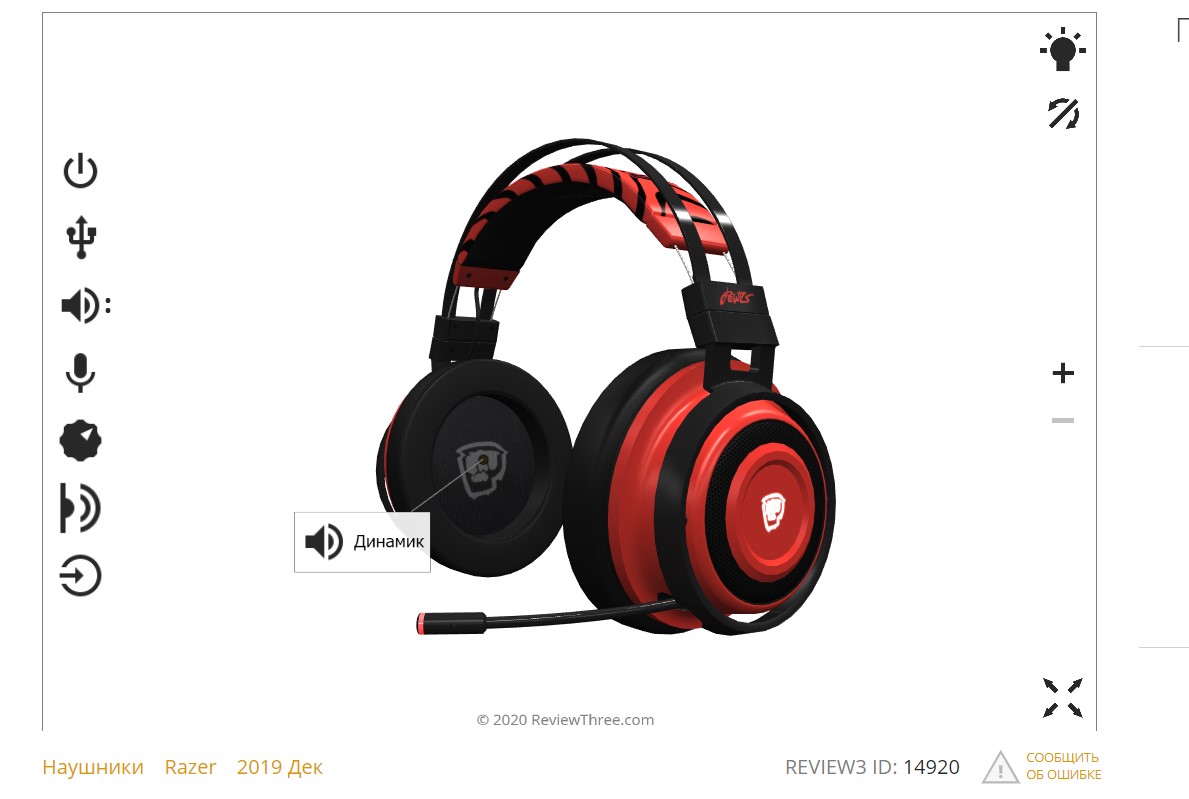
It's important for us that someone noticed the difference between 3D views and 360 photos. Meanwhile, the results of the survey (albeit not very massive), which was carried out in the article (about three-dimensional visualization) , shows that the majority of readers still perceive 3D reviews as the content that we did in REVIEW3 5 years ago. The models took a long time to load, had low visual realism, which explained their low popularity among retailers. Over the past 5 years, we have changed almost everything in them, I will describe what has been done.
Load Acceleration - Quantitative Standard, Texture Pasting, CDN
The first thing we did was to solve the problem of speeding up downloads without losing quality. To do this, we developed and implemented strict standards that limited the number of triangles and the size of textures. We knew the results from 3D scanners would not work for us. This resulted in a large volume of textures and a huge number of triangles. In addition, the scanner always adds small artifacts, and smooth surfaces become slightly "rough". This naturally affected the download speed. After the implementation of the standard, some of the scanner's functions were transferred to the 3D modeler, due to which we received a tangible increase in speed.
Also, the loading accelerated by our technology of “gluing” many textures into one and storing a bump map instead of a normal map. When we again faced the need to increase the loading speed of models, and other methods were used, we applied the Content Delivery Network, which further reduced the waiting time for a full review load, which made it possible to deliver data to the user faster.
Realism
While trying to increase realism, we ran into a problem that often arises in game design. We needed realistic highlights with varying degrees of blur. We solved the issue with a special MGEM shader. At the same time, for a 3D artist, the work is simplified as much as possible and, in fact, is reduced to creating a smooth texture. The complexity of the task was that a suitable mathematical model of the shader and software for preparing the environment textures did not exist and we wrote them from scratch.
Automation, production acceleration and goal setting algorithm
When it is critical to create a large amount of content in a relatively short time, automation of some processes is required. To do this, we have created strict regulations for all processes that can be performed without human intervention.
To speed up the integration, we developed our own client-server 3D software, the specificity of our tasks did not allow the use of ready-made solutions. Today, all 3D reviews are equipped with meta information in this software, and the compilation is on the server.
Why are some products included in the next series of reviews, while others are not? We have a specially created department that determines the degree of demand for various goods from retailers. Depending on the demand, a production line is formed.
As a conclusion
, , , 3D-. , , , REVIEW3 , . , — . , , .